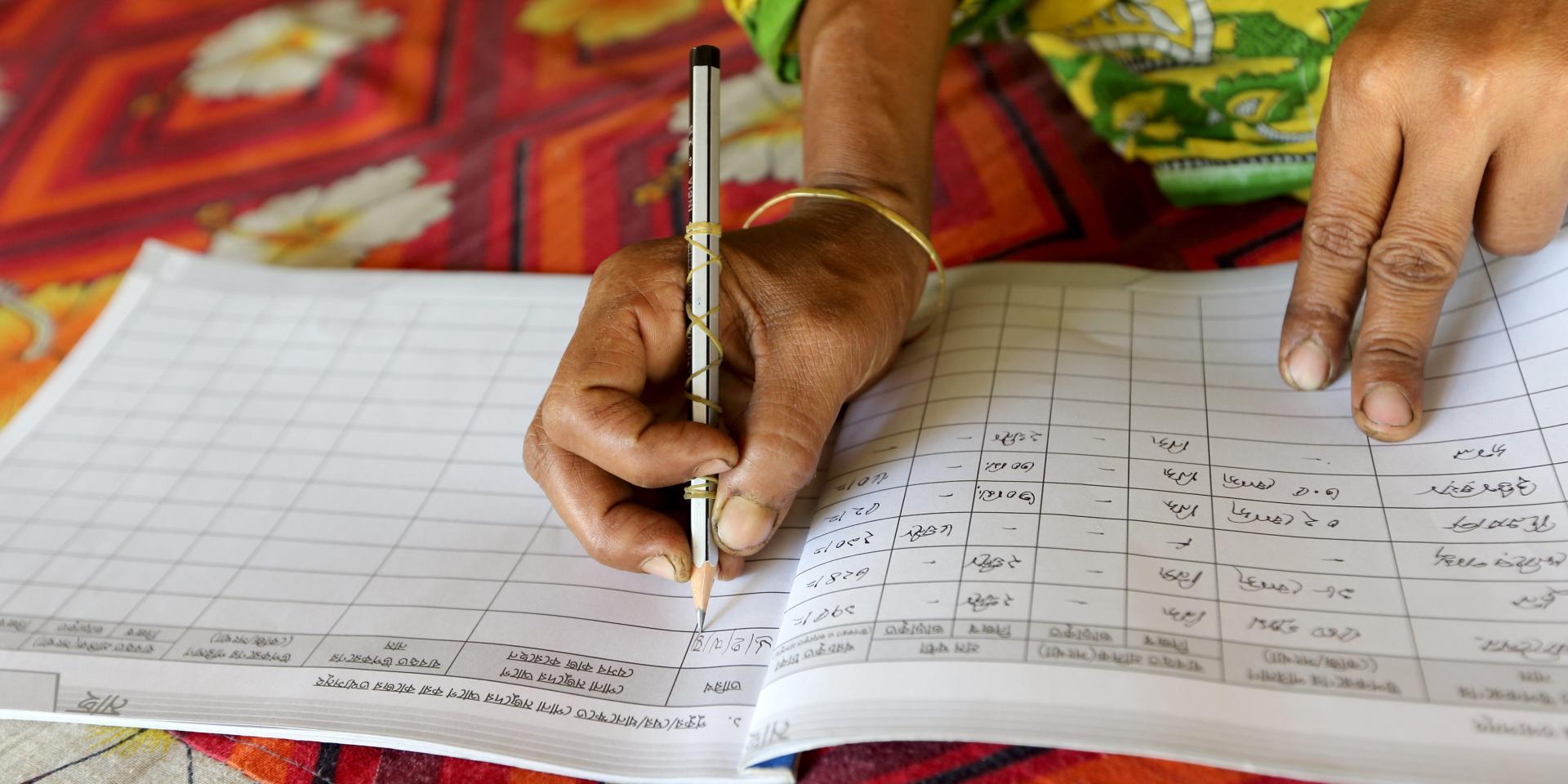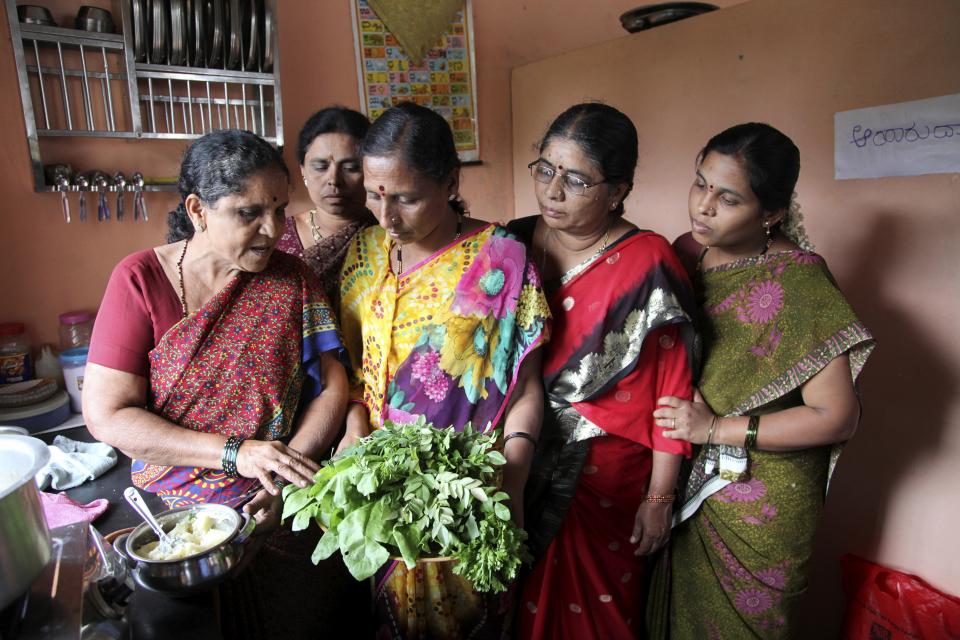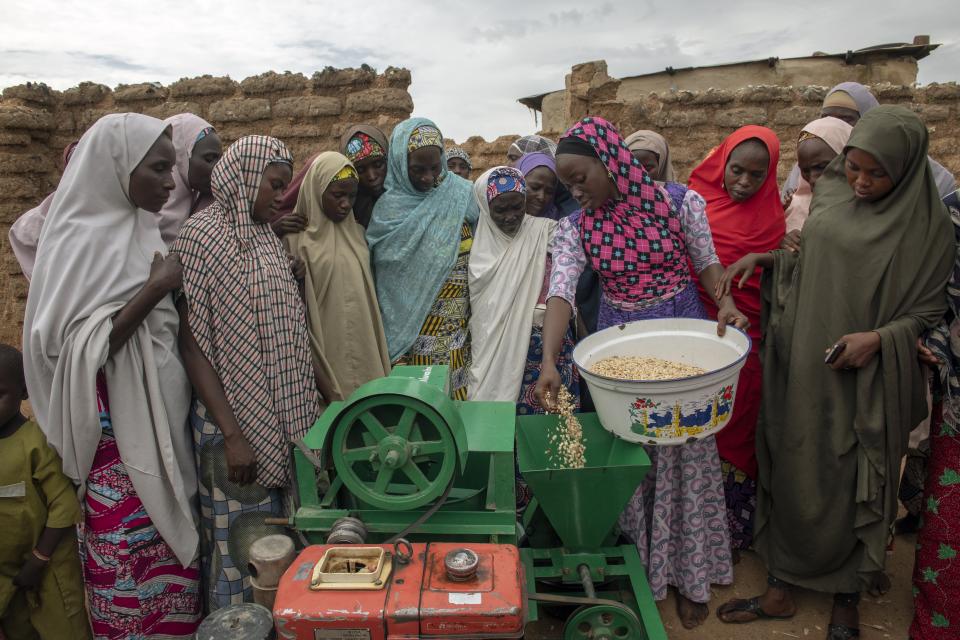Minimum Dietary Diversity for Women (MDD-W): A Guide to Measurement

The woman writing data on her data entry book in Jessore, Bangladesh.
M. Yousuf Tushar
This guide provides information and directions on how to use the Minimum Dietary Diversity for Women tool.
Why is the method/tool/material important?
The gaps in diet quality for women of reproductive age are widely recognized but little programmatic action has been taken to close these gaps. This guide was developed to describe the MDD-W, a proxy indicator to reflect the micronutrient adequacy of women’s diets.
Who is the method/tool/material for?
This guide was developed for practioners and users who are not in a position to conduct detailed dietary diversity intake surveys.
How can I use the tool?
The main use of the MDD-W is for assessment at national and subnational levels. It is a population-level indicator based on a recall period of a single day and night, so although data are collected from individual women, the indicator cannot be used to describe diet quality for an individual woman.
The MDD-W can be used:
- As a proxy to describe one important dimension of women’s diet quality (micronutrient adequacy) in national and subnational assessments;
- To compare with previous assessments, so long as survey timing accounts for seasonality
The guide includes a model questionnaire and guideline for measurement of the MDD-W.
When and how was it developed?
This guide was developed by the Food and Agriculture Organization (FAO) of the United Nations and USAID’s Food and Nutrition Technical Assistance III Project (FANTA), managed by FHI 360 in 2016.
Where can I get the method/tool/course? Who can I contact?
Publications
Minimum dietary diversity for women: A guide for measurement
FAO and FHI 360. 2016. Minimum Dietary Diversity for Women: A Guide for Measurement. Rome: FAO


